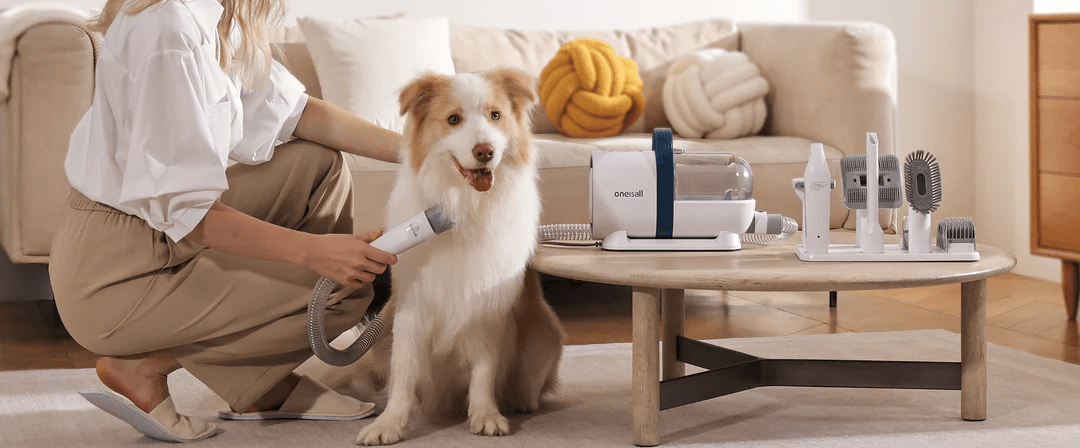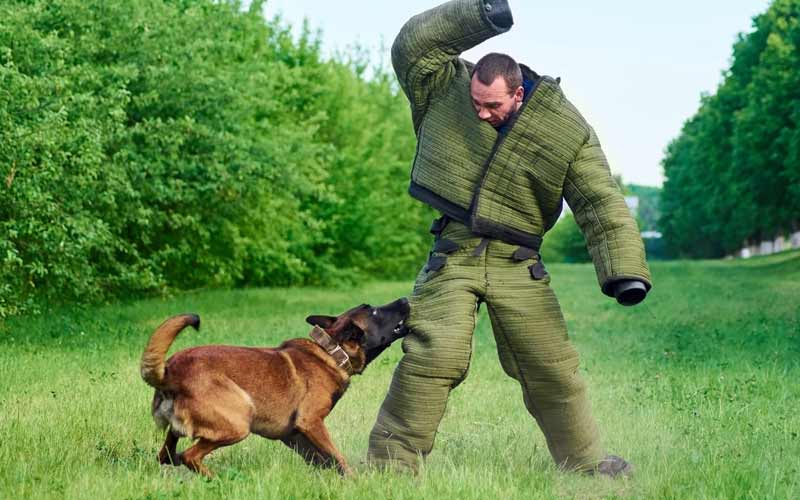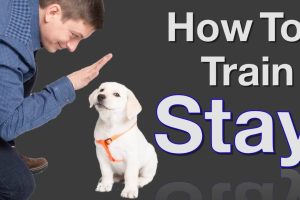Content Attributes
Much like people, dog can also suffer from anxiety. It can show itself in several ways, including destructive behaviors, hostility and lack of appetite. A little bit of stress is normal, but if it makes your dog’s life difficult, you need to consider addressing the problem.
Fortunately, if you can figure out what is causing your pup’s worry, you can find effective ways to treat its anxiety. Here are some methods to ease your dog’s tension.
Get Your Dog Used to Your Schedule
Many dogs suffer from separation anxiety. Generally, this stress lessens as your pup gets accustomed to your work schedule, but it can take some time and planning on your part to help. For example, if you just got a dog over your vacation and now have to return to work, your pup won’t handle an abrupt transition well, as your pooch is used to hanging out with you continuously.

The best thing you can do is ease it into the process of being home alone. Start by giving it an hour by itself and slowly increase the time to see how your pup reacts to your absence. Give it plenty of toys and other activities to keep its mind off the situation. Before you know it, your dog will adjust to your routine.
Utilize a Pet Sitter
Sometimes you have to leave for more extended periods for work travel or a much-needed vacation. You can’t always take your pup with you, especially if you’re looking into cruises from San Francisco.
To keep your pooch calm while away, you may want to ask a family member, friend or professional dog sitter to take care of your pup. Try to find someone your dog already knows and is comfortable with. If you have to introduce your pooch to someone new, do it slowly over a few weeks before leaving on your trip. You’ll want to ensure your pup gets along with whoever you enlist to watch it.
Another option is to find a nearby kennel. Visit the business yourself to see how the staff interacts with other dogs and interview the management to confirm the location will be a good fit. Again, you’ll want to introduce your dog to the site a few times before finally dropping it off.
Take Time To Exercise Your Pup
Extra energy can hinder anxious dogs. They may pace back and forth or illustrate other undesirable behaviors such as chewing on shoes or furniture.
Playing fetch or going on a walk can ease these behaviors because you’re essentially wearing your dog out. Rather than engaging in problematic habits, your pup will want to take a nap. Additionally, since exercising releases endorphins, your pup will have a happier demeanor overall.
Start Training
Trained dogs thrive because they love structure and routine. They are happier and more relaxed than their untrained counterparts. Best of all, your pup will bond with you while you’re trying to teach it new skills.
If you want your training sessions to be successful, you need to be consistent. When your pup completes a task, you must remember to reward its good behavior. Otherwise, it won’t understand that it should continue the conduct.
Dogs are social creatures. Training your pooch to be around different situations, people and other dogs will keep it happy and allow it to adapt to any circumstance quickly. Dogs that aren’t introduced to various conditions may suffer from stranger anxiety, which is more challenging to treat once this fear develops.
Give Your Pup a Massage
Who doesn’t love a good back rub? Even your dog can benefit from one. When a pet is anxious, its muscles become tight. A massage can ease this tension and help your pup feel better.
There are so many ways you can assist your anxious pup in getting some relief. Don’t let your dog suffer from stress and worry, as long-term exposure can negatively impact your pooch’s physical health. By taking a proactive approach, you can help your dog live a much fuller life.



